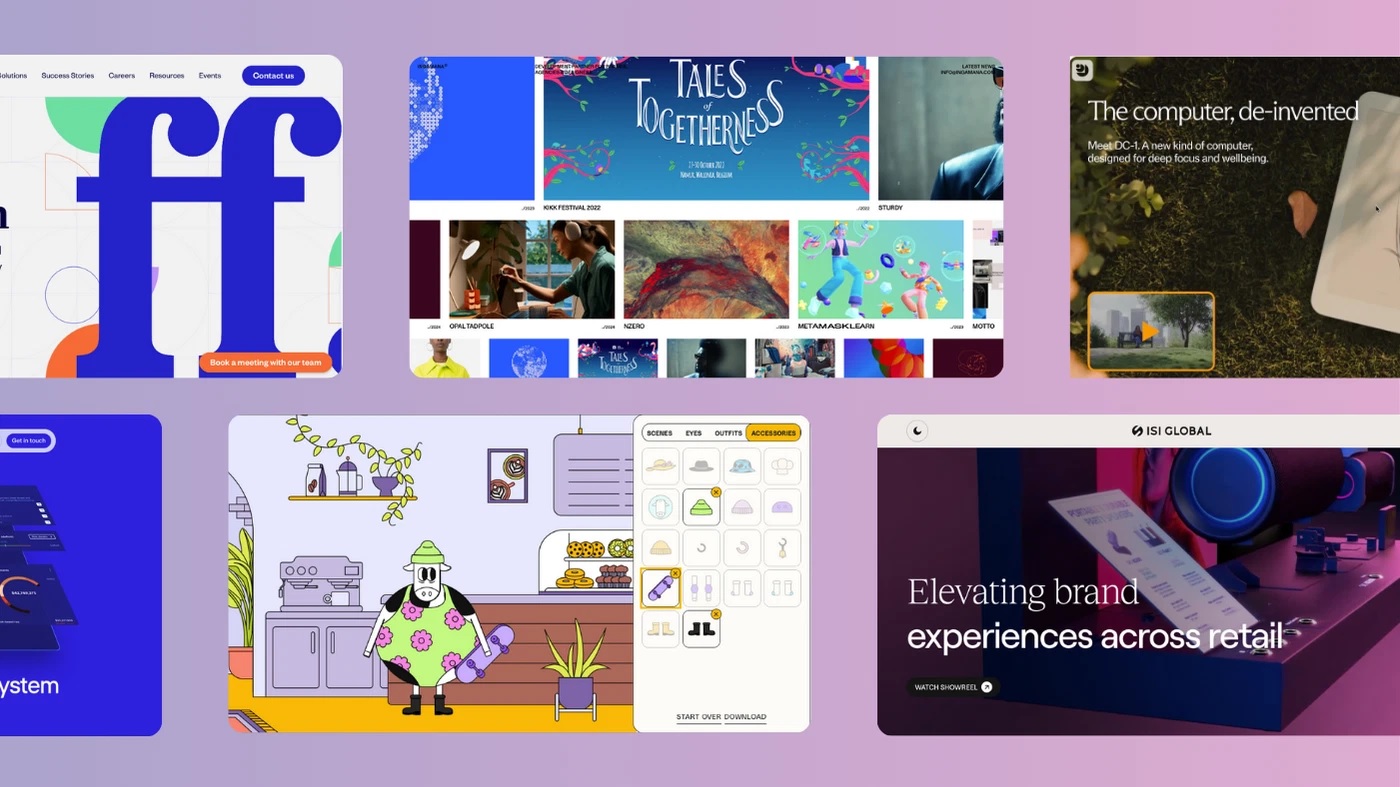Moving Beyond the Visual-Only Web
For years, the web has been a space largely defined by what we see. Grids, color schemes, responsive layouts, and slick typography dominated discussions around “good design.” But as users become more attuned to immersive experiences, a quiet revolution is underway: sensory web design. This emerging approach invites users to interact with digital environments not just visually, but through touch, motion, and even sonic feedback—creating interfaces that engage multiple senses simultaneously.
This shift is rooted in a deeper understanding of how humans process information. Cognitive scientists have long emphasized the role of multisensory input in memory formation, emotional response, and decision-making. Now, forward-thinking designers and developers are translating those insights into interfaces that don’t just look good—but feel real.
The Tactile Turn in UI/UX
One of the most notable expressions of sensory web design is the rise of tactile interfaces. While true touch interaction remains limited by current hardware, many designers are leveraging haptic feedback, kinetic animations, and simulated textures to create a sense of depth and presence. For example, a scrolling motion may trigger subtle resistance or acceleration, mimicking real-world friction.
In e-commerce and product visualization, tactile cues can significantly improve perceived value. When users feel like they’re “handling” a product digitally—thanks to interactive 3D models or swiping animations with weighted motion—they develop a stronger connection to it. This applies not only to luxury goods but also to digital-native content, such as design tools, educational platforms, and artistic portfolios.
Soundscapes and Sonic Branding
Auditory elements are another underused dimension in traditional web design—but that’s changing. From ambient soundscapes on meditation platforms to click-feedback on fintech dashboards, intentional sound design is reemerging as a critical layer of experience. Unlike autoplay audio, which disrupts, sensory sound is subtle and reactive—enhancing immersion without demanding attention.
Smart sonic branding can reinforce trust and memorability, especially in transactional or time-sensitive environments. Just as smartphones use notification tones to convey urgency or success, websites can use nonverbal sound cues to communicate status changes, form confirmations, or ambient mood.
A Case for Playful Interfaces
Gamified interfaces offer fertile ground for multisensory experimentation. Designers in this space are often the first to embrace playful, motion-rich interactions that combine responsive visuals with sound, timing, and tactile metaphors. This approach is especially potent in onboarding flows, microinteractions, and learning platforms.
An illustrative example comes from https://vbetaposta.com.br/, where the integration of motion-centric design, interactive pacing, and smooth transitions creates a sensory rhythm that keeps users engaged without overwhelming them. By balancing clarity with novelty, such platforms demonstrate how layered sensory input can heighten usability and emotional connection.
Accessibility and Ethical Design
While sensory design opens up new possibilities, it also raises critical questions around inclusivity. Not all users experience senses in the same way, and an overreliance on motion, sound, or haptic feedback can hinder accessibility. Responsible sensory design must ensure that sensory cues are complementary—not essential—for core navigation and understanding.
To address this, leading designers incorporate user preferences for reduced motion, alternate text descriptions for sound-based cues, and adjustable tactile feedback (where hardware allows). In this way, sensory design becomes not a gimmick, but a customizable tool that adapts to diverse needs and environments.
The Future: Interfaces That Feel Human
As technology grows more intimate—moving from screens to wearables to spatial computing—the expectation for emotionally intelligent, sensor-aware design will only intensify. Sensory web design stands at the crossroads of this transformation. It offers a path toward interfaces that don’t just function, but resonate.
By blending form and feedback, visual clarity and ambient cues, we move closer to a web that mirrors how we experience the physical world. And perhaps, in doing so, we create digital spaces that are not only more intuitive but more humane.
